
GTM Fire is the leading fire sprinkler system installation company in India. We specialize in providing top-notch fire sprinkler systems specifically designed for theaters. Our expertise lies in delivering impeccable fire safety solutions, ensuring the protection of theaters and the safety of everyone inside.
When it comes to theaters, fire safety is of utmost importance. That's why we offer comprehensive fire sprinkler system installations tailored to meet the unique needs of theater environments. Our dedicated team of professionals possesses extensive knowledge and experience in designing and implementing fire sprinkler systems that adhere to the highest industry standards.
At GTM Fire, we understand the critical role that fire sprinkler systems play in safeguarding theaters and preventing the spread of fire. Our state-of-the-art systems are meticulously engineered to detect and suppress fires effectively, minimizing potential damage and ensuring the safety of patrons and staff.
As your trusted partner, we provide end-to-end services, including the installation of theater fire sprinkler systems in India. Our skilled technicians work diligently to ensure that every aspect of the installation process is handled with precision and expertise, guaranteeing optimal performance and reliability.
Moreover, we offer comprehensive AMC (Annual Maintenance Contract) services for theater fire sprinkler systems. Our dedicated maintenance team conducts regular inspections, tests, and maintenance procedures to keep your systems in peak condition. With our AMC services, you can have peace of mind knowing that your fire sprinkler system is in excellent hands.
When you choose GTM Fire, you benefit from our commitment to quality, reliability, and customer satisfaction. We prioritize delivering solutions that not only meet your specific requirements but also comply with all relevant safety regulations and guidelines.
Don't compromise on fire safety for theaters. Trust GTM Fire for all your fire sprinkler system needs. Contact us today for professional and dependable fire sprinkler system installation services in India.
Installing a fire sprinkler system in a theater is an important safety measure to protect both the occupants and the property in the event of a fire. The installation process typically involves several steps, which I'll outline below. However, it's important to note that fire sprinkler system installation should be performed by licensed professionals who are familiar with local building codes and regulations. This guide is meant to provide a general overview and should not replace professional advice.
1. Design and Planning:
- Engage a licensed fire protection engineer or a professional fire sprinkler system contractor who specializes in theater installations.
- The engineer or contractor will assess the theater's layout, occupancy, and fire safety requirements to determine the appropriate sprinkler system design.
- They will consider factors such as the theater's size, occupancy load, type of construction, and the presence of any unique hazards.
2. Obtain Permits and Approvals:
- The fire sprinkler system design and plans must be submitted to the local fire department or relevant authorities for review and approval.
- Obtain the necessary permits and ensure compliance with all applicable building codes and regulations.
3. Material Procurement:
- Once the design is approved, the contractor will procure the required materials, including pipes, sprinkler heads, valves, fittings, and other components.
- Ensure that all materials meet the necessary standards and are compatible with the theater's construction and occupancy requirements.
4. Installation:
- The installation process typically begins with the layout and installation of the main piping network throughout the theater.
- Sprinkler heads will be strategically placed according to the design and recommended coverage areas.
- Piping will be installed above the ceiling or behind walls, following the specified routes and configurations.
- Valves, control panels, and other system components will be installed in designated locations.
5. Connection and Testing:
- Once the piping and sprinkler heads are installed, they will be connected to the main water supply or dedicated fire pump.
- The system will be pressurized, and a series of tests will be conducted to ensure proper function and coverage.
- This includes flow tests, alarm tests, and sprinkler head activation tests.
6. Final Inspections and Certification:
- After installation and testing, the fire department or relevant authorities will conduct a final inspection to ensure compliance with regulations.
- Once the system passes inspection, a certificate of compliance or occupancy may be issued.
7. Ongoing Maintenance:
- Regular maintenance and inspections are essential to keep the fire sprinkler system in optimal working condition.
- Follow the manufacturer's recommendations and consult with a qualified fire protection professional to establish a maintenance schedule.
When installing a fire sprinkler system in theaters, several accessories are required to ensure the system's proper operation and functionality. Here are some common accessories that may be needed:
1. Sprinkler Heads: Sprinkler heads are the key components of a fire sprinkler system. They are designed to activate and release water when exposed to heat, effectively controlling or suppressing the fire. Different types of sprinkler heads are available, such as pendant, upright, sidewall, and concealed heads, and the selection depends on factors like ceiling height, aesthetics, and fire protection needs.
2. Piping: The sprinkler system requires a network of pipes to distribute water effectively. Commonly, steel or CPVC (Chlorinated Polyvinyl Chloride) pipes are used for theater installations. These pipes transport water from the water supply to the sprinkler heads, ensuring proper coverage throughout the theater.
3. Fittings and Valves: Various fittings and valves are necessary to connect and control the flow of water within the sprinkler system. Examples include elbows, tees, couplings, and reducers, which are used to join sections of pipe and navigate around obstacles. Valves, such as control valves, check valves, and alarm valves, help regulate water flow and provide important system control functions.
4. Alarm Systems: Fire sprinkler systems often incorporate alarm systems to alert occupants and emergency responders when the system activates. These alarms can include audible and visual devices, such as bells, horns, strobe lights, or voice evacuation systems. Additionally, pressure switches and flow switches may be installed to trigger alarms when water flow or pressure changes occur.
5. Water Supply and Fire Pumps: The theater's water supply is a crucial aspect of the sprinkler system. Depending on the theater's water pressure and flow rate, a fire pump may be necessary to ensure adequate water supply and pressure for the system. Fire pumps help boost water pressure and maintain the required flow rates to effectively extinguish fires.
6. Control Panels and Monitoring Devices: A control panel serves as the central command center for the fire sprinkler system, allowing for manual control, system monitoring, and integration with other fire safety systems. Monitoring devices, such as pressure gauges, water flow sensors, and tamper switches, are installed to continuously monitor the system's status and provide alerts in case of any issues or system activation.
7. Backflow Prevention Devices: Backflow prevention devices are essential to prevent the contamination of the water supply. They ensure that water flows in one direction, from the supply to the sprinkler system, and prevent backflow that could potentially contaminate the water source.
It's important to consult with a licensed fire protection engineer or a professional fire sprinkler system contractor during the design and installation process. They can provide guidance on selecting the appropriate accessories based on the theater's specific requirements and local building codes and regulations.
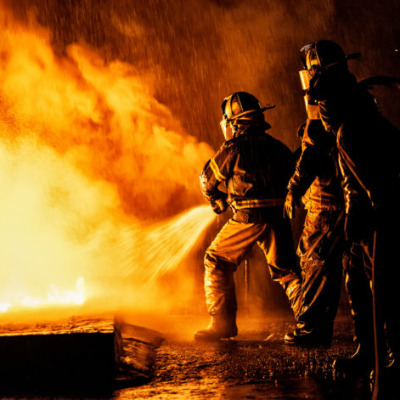 Fire Fighting Equipments
Fire Fighting Equipments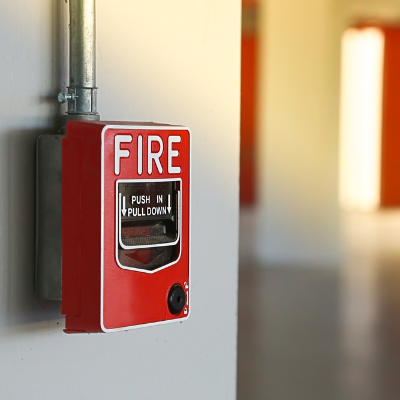 Fire Alarm
Fire Alarm Fire Hydrant System
Fire Hydrant System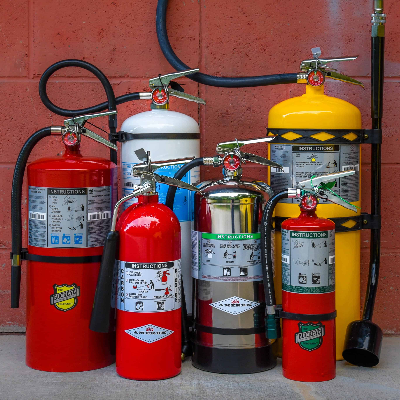 Fire Extinguisher
Fire Extinguisher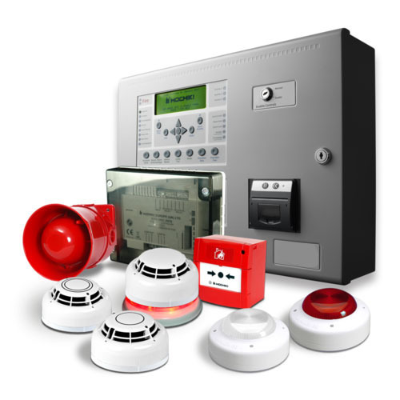 Fire Detection System
Fire Detection System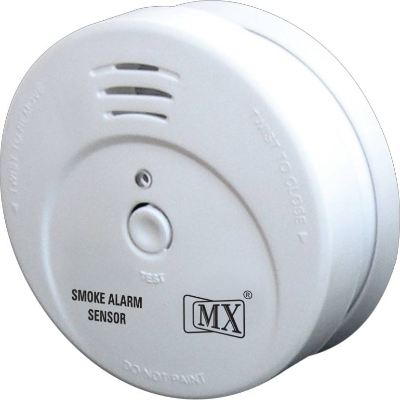 Fire Detector
Fire Detector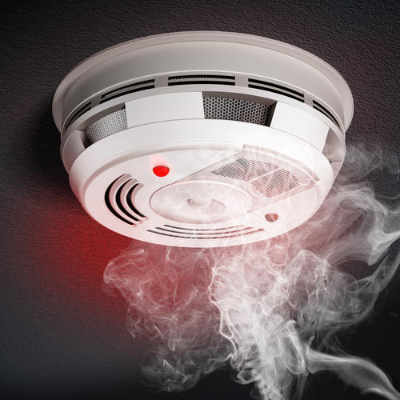 Smoke Detector
Smoke Detector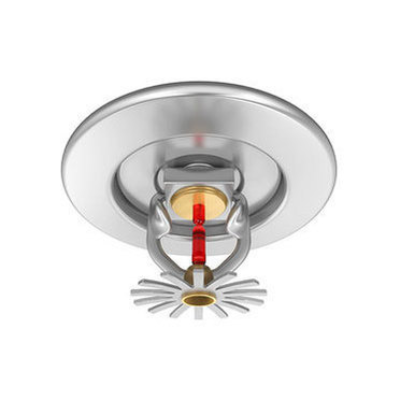 Fire sprinkler
Fire sprinkler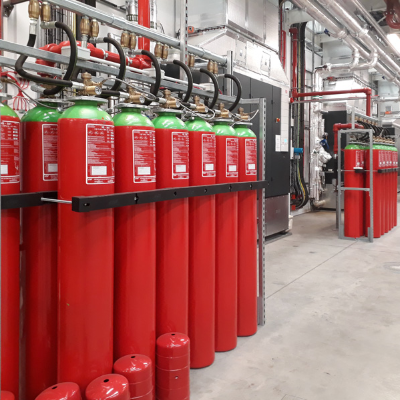 Fire Suppression
Fire Suppression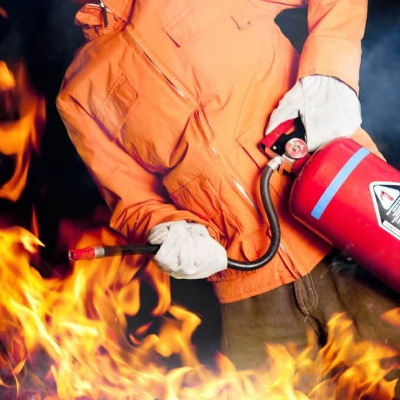 Fire Safety
Fire Safety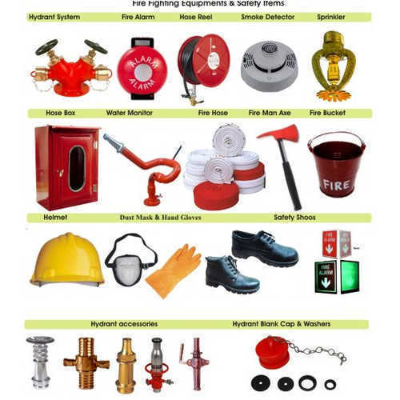 Fire Protection Equipments
Fire Protection Equipments Fire Door
Fire Door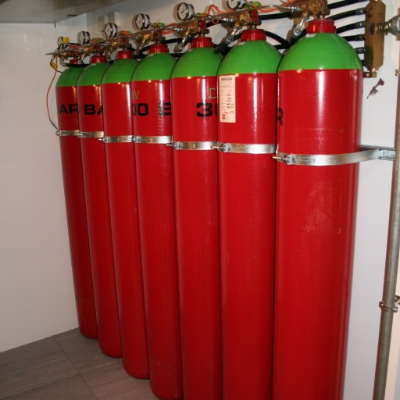 Gas Suppression System
Gas Suppression System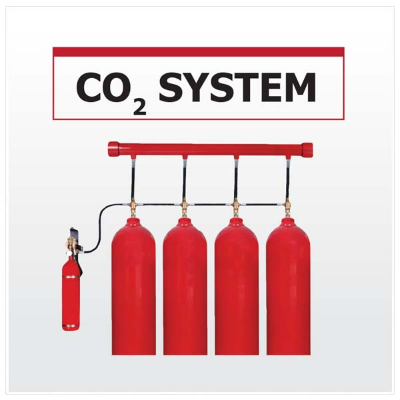 Co2 Fire Suppression System
Co2 Fire Suppression System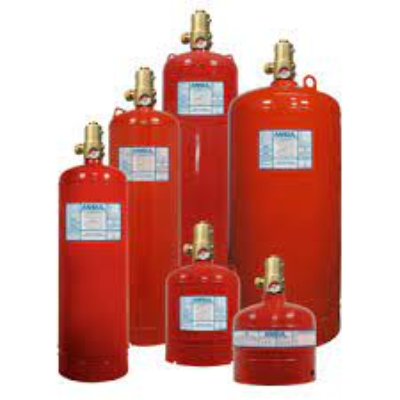 FM 200 Fire Suppression System
FM 200 Fire Suppression System Fire Hydrant System for Building
Fire Hydrant System for Building Fire Hydrant System for Hospital
Fire Hydrant System for Hospital Fire Hydrant System for Offices
Fire Hydrant System for Offices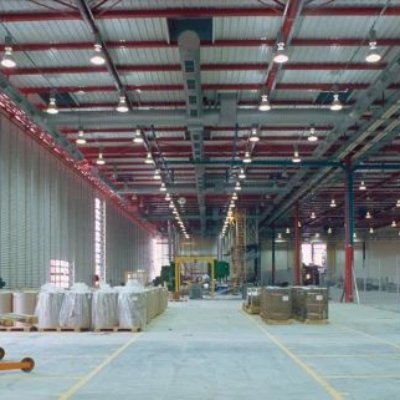 Fire Hydrant System for Warehouse
Fire Hydrant System for Warehouse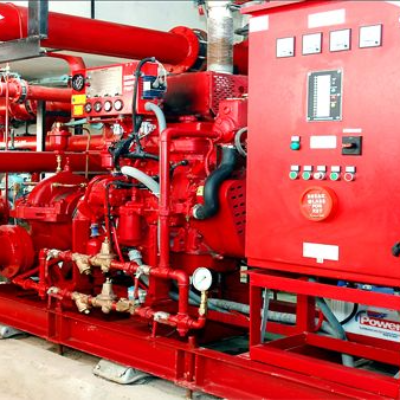 Fire Hydrant System for Factory
Fire Hydrant System for Factory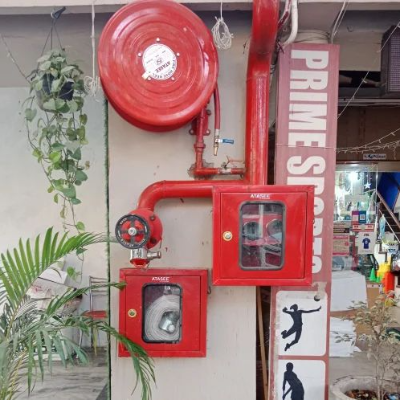 Fire Hydrant System for School
Fire Hydrant System for School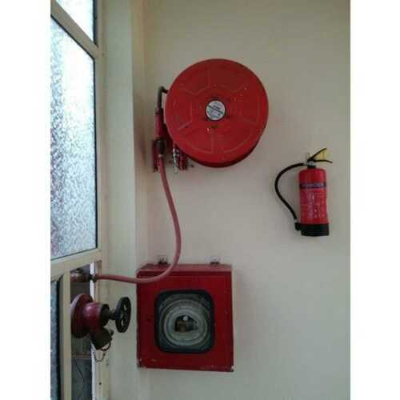 Fire Hydrant System for Hotels
Fire Hydrant System for Hotels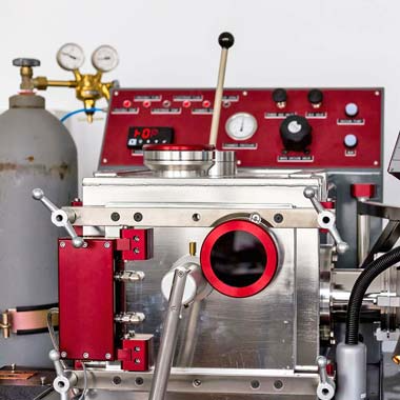 Fire Hydrant System for Laboratory
Fire Hydrant System for Laboratory Fire Hydrant System for Malls
Fire Hydrant System for Malls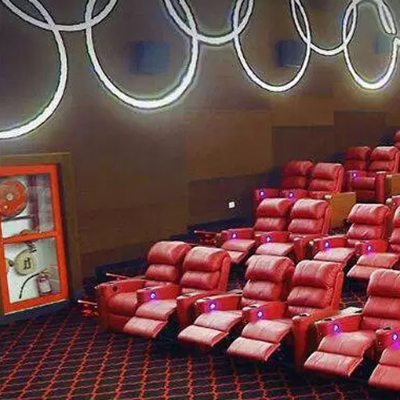 Fire Hydrant System for Theatres
Fire Hydrant System for Theatres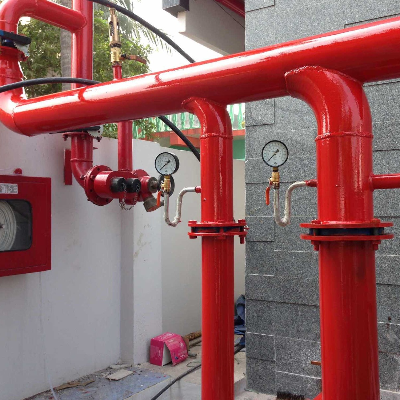 Fire Hydrant System for Housing Society
Fire Hydrant System for Housing Society Fire Hydrant System for Transformer
Fire Hydrant System for Transformer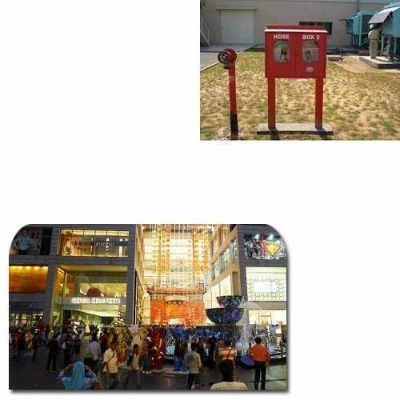 Fire Hydrant System for Shopping Complex
Fire Hydrant System for Shopping Complex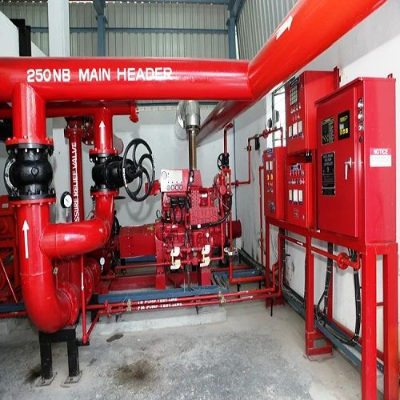 Fire Hydrant System for Industries
Fire Hydrant System for Industries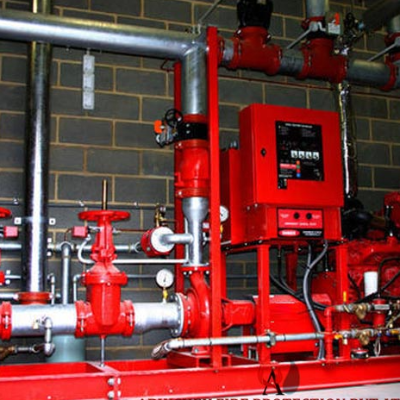 Fire Hydrant System for Construction Site
Fire Hydrant System for Construction Site Fire Sprinkler System for Buildings
Fire Sprinkler System for Buildings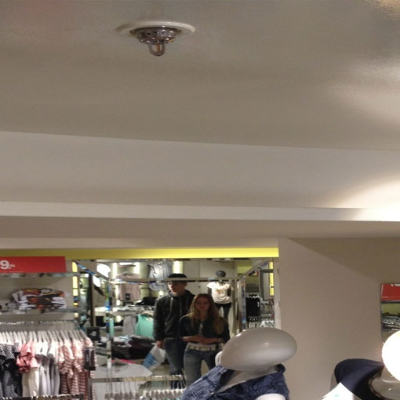 Fire Sprinkler System for Retail Store
Fire Sprinkler System for Retail Store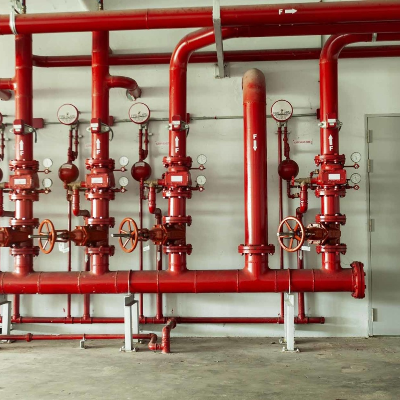 Fire Sprinkler System for Shopping Complex
Fire Sprinkler System for Shopping Complex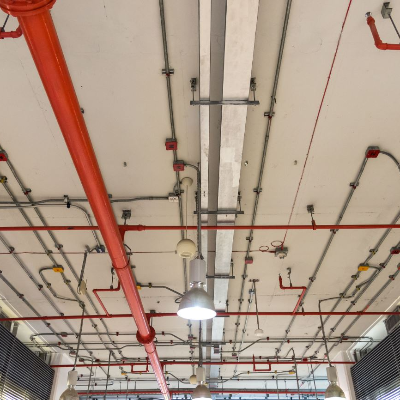 Fire Sprinkler System for Electrical Room
Fire Sprinkler System for Electrical Room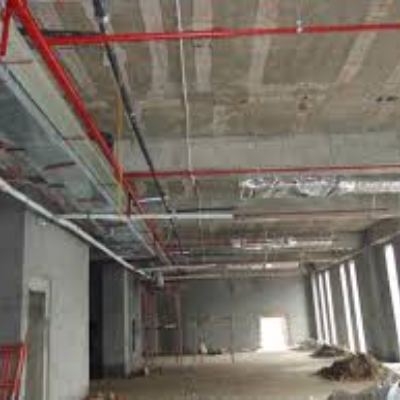 Fire Sprinkler System for Basement
Fire Sprinkler System for Basement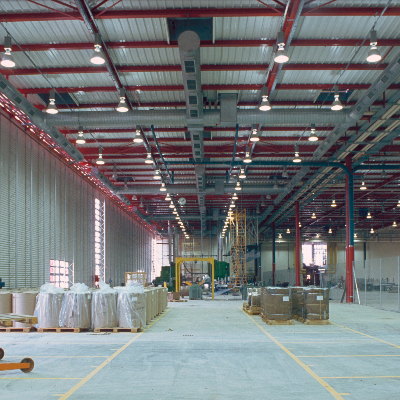 Fire Sprinkler System for Garage
Fire Sprinkler System for Garage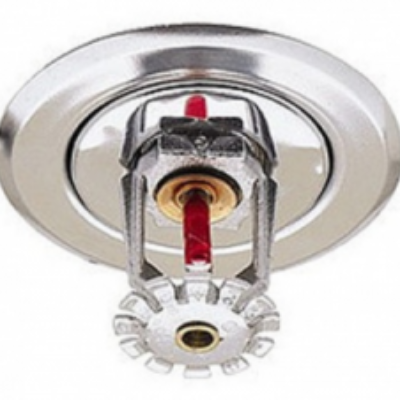 Fire Sprinkler System for Home
Fire Sprinkler System for Home Fire Sprinkler System for Restaurant
Fire Sprinkler System for Restaurant Fire Sprinkler System for Malls
Fire Sprinkler System for Malls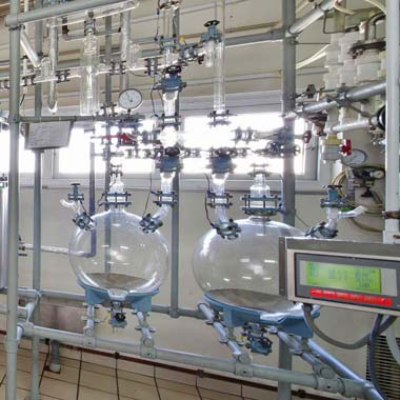 Fire Sprinkler System for Laboratories
Fire Sprinkler System for Laboratories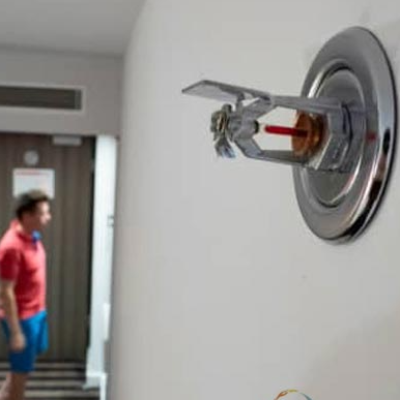 Fire Sprinkler System for Hotels
Fire Sprinkler System for Hotels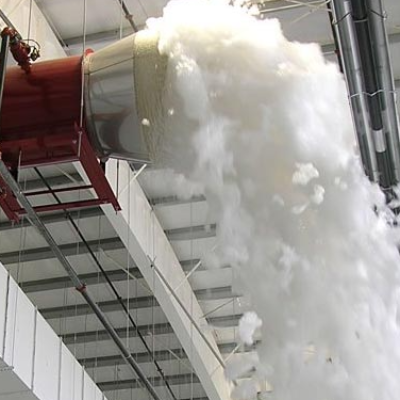 Fire Sprinkler System for Factories
Fire Sprinkler System for Factories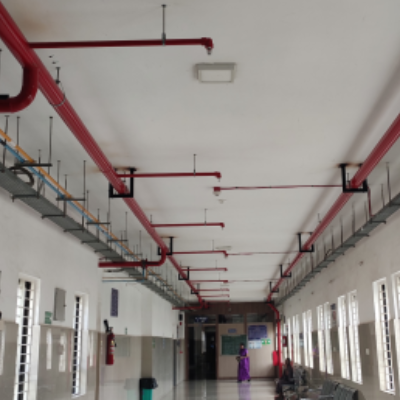 Fire Sprinkler System for Hospital
Fire Sprinkler System for Hospital Fire Sprinkler System for Warehouse
Fire Sprinkler System for Warehouse Fire Sprinkler System for Office
Fire Sprinkler System for Office Fire Alarm System for Factory
Fire Alarm System for Factory Fire Alarm System for Office
Fire Alarm System for Office Fire Alarm System for Warehouse
Fire Alarm System for Warehouse Fire Alarm System for Home
Fire Alarm System for Home Fire Alarm System for Residential Building
Fire Alarm System for Residential Building Fire Alarm System for Office Building
Fire Alarm System for Office Building Fire Alarm System for Building
Fire Alarm System for Building Fire Alarm System for Business
Fire Alarm System for Business Fire Alarm System for Commercial Building
Fire Alarm System for Commercial Building Fire Alarm System for Restaurant
Fire Alarm System for Restaurant Fire Alarm System for Hospital
Fire Alarm System for Hospital Fire Alarm System for Schools
Fire Alarm System for Schools Fire Alarm System for Hotels
Fire Alarm System for Hotels Fire Alarm System for Mall
Fire Alarm System for Mall Fire Alarm System for Airport
Fire Alarm System for Airport Fire Alarm System for Cinema Hall
Fire Alarm System for Cinema Hall Fire Alarm System for Home care
Fire Alarm System for Home care Fire Alarm System for Shopping Complex
Fire Alarm System for Shopping Complex Fire Alarm System for Apartment
Fire Alarm System for Apartment Fire Alarm System for Laboratory
Fire Alarm System for Laboratory Fire Alarm System for Retail Store
Fire Alarm System for Retail Store Fire Alarm System for Food Court
Fire Alarm System for Food Court Fire Alarm System for Kitchen
Fire Alarm System for Kitchen Fire Alarm System for Data Center
Fire Alarm System for Data Center Fire Alarm System for Coaching Institute
Fire Alarm System for Coaching Institute Fire Alarm System for Auditorium
Fire Alarm System for Auditorium